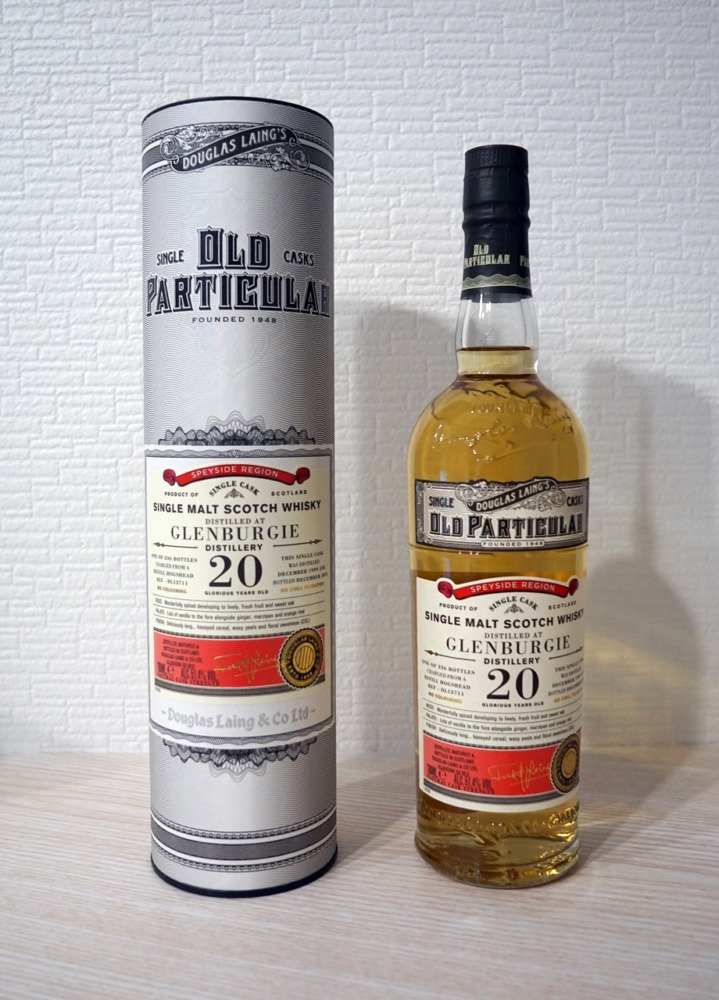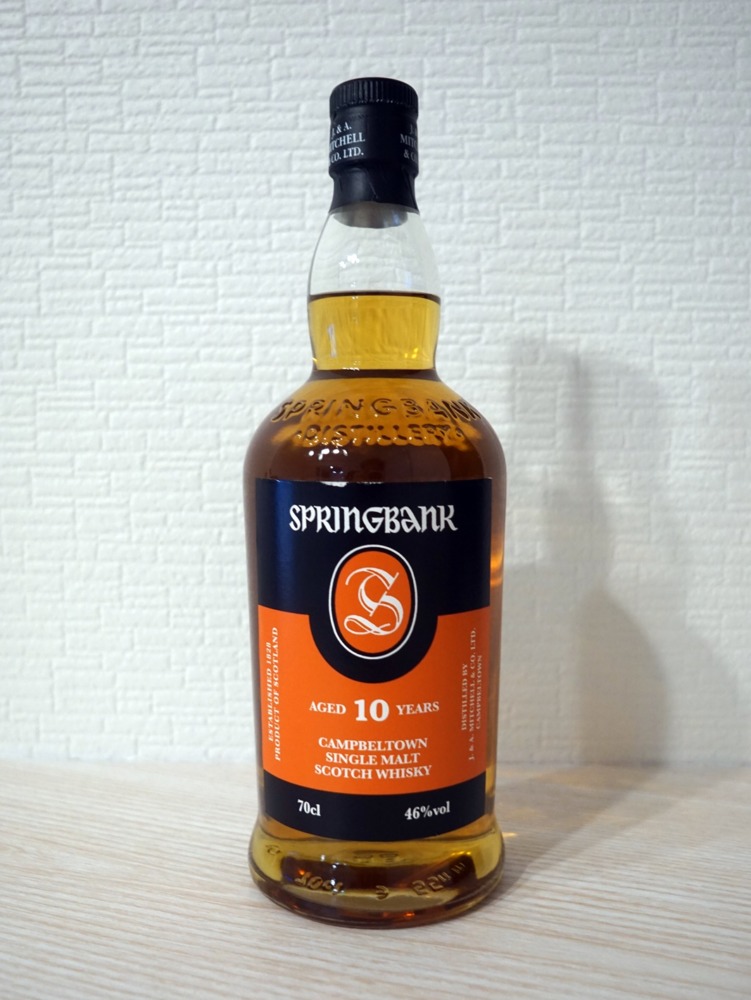No products in the basket.
Explanation of What Whisky Bottlers (independent bottlers) are

When looking at Scotch whisky, you will come across terms like “bottler” and “independent bottler.” What exactly are bottlers, which are different from distilleries?
To explain bottlers (independent bottlers), you first need to understand the concept of an “official bottle.”
What are official bottles?

“Official bottle” or “official” refers to whiskey produced at a distillery and released under that distillery or brand. “Official” is whiskey that is officially produced by the distillery. In other words, it’s the ordinary whiskey that you often see.
Below is an example of an official bottles.
- Lagavulin 16 Year Old (Lagavulin Distillery)
- Laphroaig 10 Year Old (Laphroaig Distillery)
- Springbank 10 Year Old (Springbank Distillery)
- Kilkerran 12 Year Old (Glengyle Distillery’s brand name)
As you can see from the Kilkerran 12 Year Old above, it doesn’t necessarily have to be named after the distillery. The point of an official bottle is that it was bottled at that distillery.
What are bottlers (independent bottlers)?
On the other hand, bottlers are not distilleries. They are companies that specialize in whiskey, and they buy whiskey barrels from distilleries, bottle them themselves, and sell the whiskey under their own brand name.
You might think that this is just reselling the whiskey, but each bottler makes changes to the whiskey according to their own unique preferences.
For example, bottler Gordon & MacPhail buys new pot (unaged whiskey) from distilleries and bottles it into barrels in their own warehouses to age it. Other bottlers buy matured whisky and refill and finish it in a different type of cask. These various methods are used to produce the whisky.
Examples of bottler methods
- Ageing in their own casks
- Finishing in a different type of cask
- Bottling at an age not found in the official bottle
- Bottling at cask strength
- Mixing with other whiskies to create a blend
- Selling without revealing which distillery’s whisky was used (called secret bottling)
- Changing the volume
etc.
Uniqueness, rarity, experimentation and humour are enhanced by bottlers, creating a diversity of whiskies.
Bottlers? Independent bottlers?
Now, regarding the terms ‘independent bottler’ and ‘bottler’, they mean almost the same thing, but here are a few examples of how they are used in practice.
Independent bottlers
This refers to the company or organisation that bottles the whisky itself.
Example: ‘Douglas Lane and Cadenhead are well-known independent bottlers’.
Bottlers
Synonymous with independent bottler, but also often used in whisky specifications to indicate which independent bottler bottled the whisky.
Example: ‘Distillery: Springbank, bottler: Cadenhead’.
If a whisky is described in the specifications as above, you can be sure that it is a Springbank bottled by Cadenhead.
Famous bottlers
Among the many bottlers out there, we’ve picked out some of the most commonly heard names.
- Douglas Laing
⇒Description of Douglas Laing Whisky (Link) - Hunter Laing
- Cadenhead’s
⇒Description of Cadenhead’s Whisky (Link) - Compass Box
- That Boutique-y Whisky Company
- Wemyss Malts
- SMWS:The Scotch Malt Whisky Society
- Adelphi
- Murray McDavid
- Gordon & Macphail
- Rest & Be Thankful
- Lady of the Glen
- Claxton’s
- Signatory
Bottler’s whisky labeling
Bottler’s bottle labeling is the bottler name + distillery name, such as “Douglas Laing Glenlivet 12 Year”. However, there are many independent bottlers that have further series. For example, as shown below.
- Douglas Laing Old Particular Glenrothes 12 Year Old
- Signatory Antilles Filtered Collection Glenlivet 11 Year Old
- Cadenahead Authentic Collection Milton Duff 12 Year Old
The top one is “Glenrothes 12 Year” from the “Old Particular” series by “Douglas Laing”.
At the End
Now, you’re likely to pay attention to bottlers in shops and bars. It’s fun to find your favorite bottler.